
If the dark days of December have you pining for flowers, foliage, and fragrance, might we suggest some trailing begonias? These fibrous-rooted members of the Begonia tribe include dozens of evergreen species and varieties that burst into aromatic bloom during midwinter. Bless their hearts.
Brazilian Heart Begonia
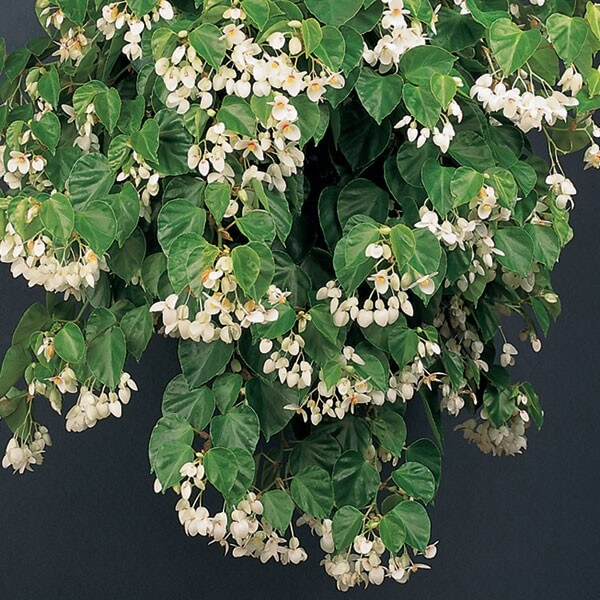
Blessed indeed are the apple-green, heart-shaped leaves and aromatic white flowers of Brazilian heart begonia (Begonia solananthera), one of the best of the group. As with all trailing begonias, the fleshy foliage and butterflied blooms are borne on lax stems that will cascade picturesquely from a hanging basket or scramble up a mini-trellis or other support. Give Begonia solananthera a warm, bright, partly shaded nook, and it will put on a floral show from December into spring, perfuming the surroundings with its spicy fragrance. An easy keeper, it thrives in porous potting mixes rich in composted bark such as Fafard Ultra Container Mix with Extended Feed. Trailing begonias sulk when over-watered, so hold off until the soil surface is dry.
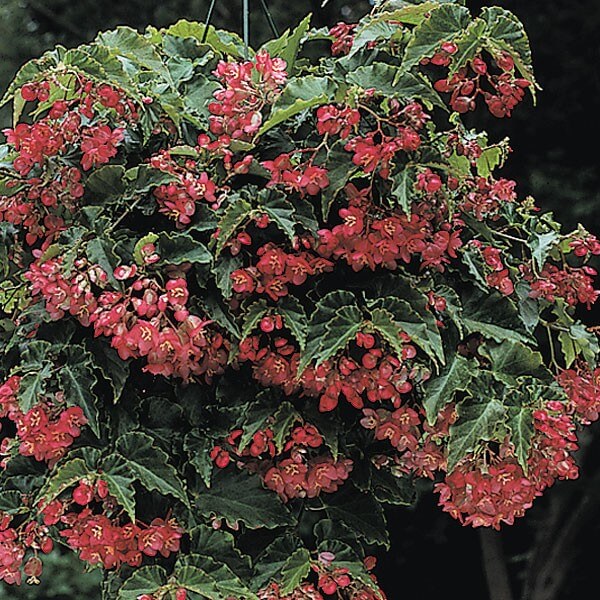
Begonia solananthera has also parented some wonderful hybrids. For example, it teamed with an unknown companion at the venerable Logee’s Greenhouses in Danielson, Connecticut, to produce the outstanding cultivar ‘Potpourri’. This 1984 introduction incorporates all the trademark solananthera features with one notable exception: luscious rose-pink flowers. It blooms a bit later than the species, typically from January into April. Also well worth seeking out is the solananthera hybrid ‘Tiny Gem’. Although its bright pink flowers lack spiciness, they amply compensate by reblooming year-round, in masses. The relatively short stems cascade to a foot or so rather than the 2 to 3 feet typical of Begonia solananthera.
Shrimp Begonia
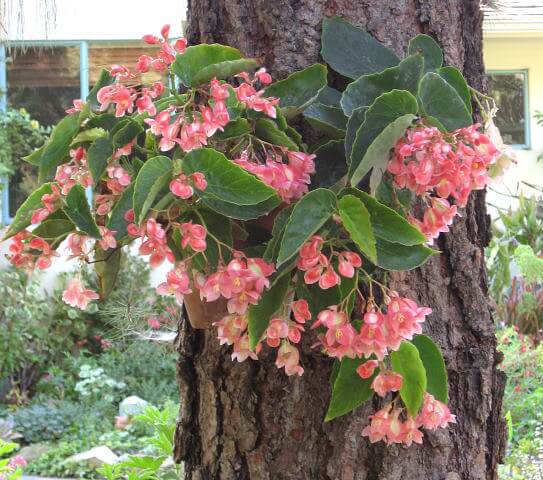
Many trailing hybrids with Begonia solananthera in their lineage also carry the genes of shrimp begonia (Begonia radicans), commonly named due to the curiously-shaped buds of its salmon-pink flowers. The cultivar ‘Fragrant Beauty‘ wafts a solanatheran perfume from its pale-pink flowers but resembles its radicans parent in its lance-shaped leaves. Another excellent solananthera/radicans hybrid is ‘Splotches’, named for the silvery mottling on its tapered foliage. It covers itself with pink and white flowers in late winter and early spring, at about the same time as ‘Potpourri’ and ‘Fragrant Beauty’.
Other Trailing Begonias
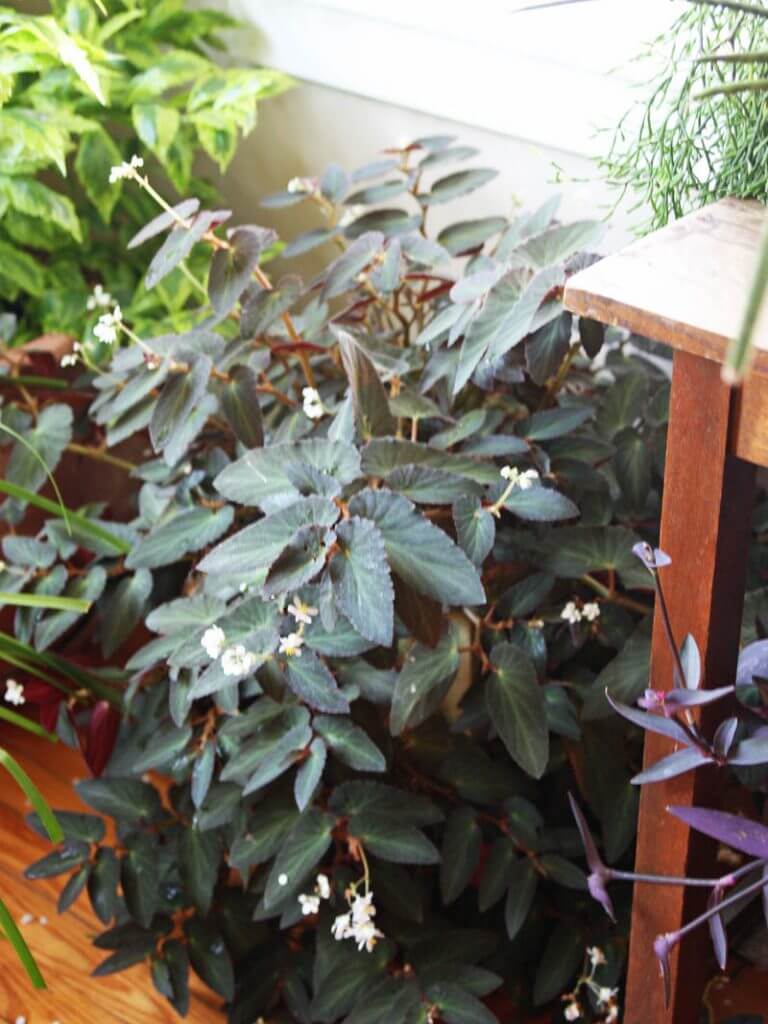
Several additional trailing begonia species and cultivars make rewarding winter-blooming houseplants. Begonia convolvulacea is among the biggest and boldest of them, developing long 3-foot-plus stems set with broad glossy prominently lobed leaves that earn it the nickname “grape begonia”. White flowers appear in large branching clusters in late winter. The similar but smaller Begonia glabra climbs readily via clinging hairs, although it can also be grown as a trailer. It’s one of the parents of ‘Orococo’, another clinger noted for its copper-tinged, ivy-like leaves and white winter flowers. More diminutive is Begonia fagifolia, whose botanical name references the supposed beech-like appearance of its small fleshy oval leaves. This dainty evergreen is adorned in late winter with sprays of white flowers.
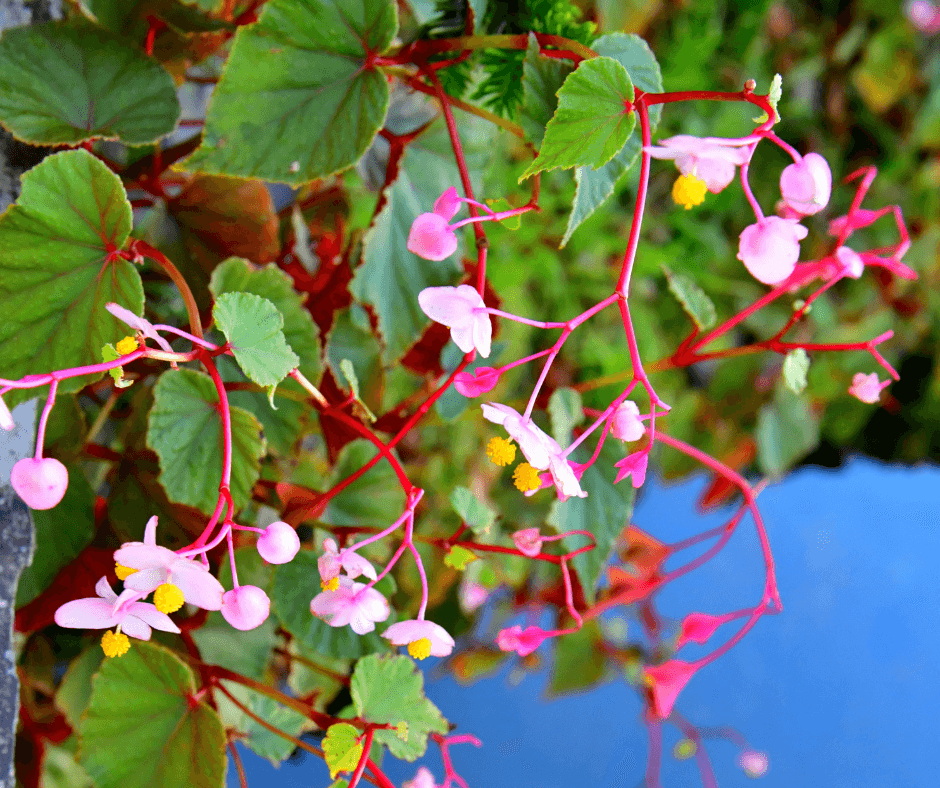
Other random cultivars of note include ‘Panasoffkee’, a bodacious thing with bold angel-wing-like leaves on stems that trail to 7 or 8 feet. The white midwinter flowers contrast beautifully with the glossy dark green, burgundy-backed foliage. The similarly angel-wing-shaped leaves of the cultivar ‘Withlacoochee’ are smaller and felted with gray fuzz. An excellent subject for a large terrarium, it creeps or trails into a 2- to 3-foot-wide clump, covered in winter with white flowers that often repeat at other seasons.
Like most plants, trailing begonias aren’t perfect. Almost all of them benefit from an occasional pinching to encourage denser, branching growth. Additionally, their profuse bloom eventually results in a flurry of fallen petals, so you’ll want to site them accordingly. Give them what they need, and these cascading beauties will give your spirits a bright boost this winter.


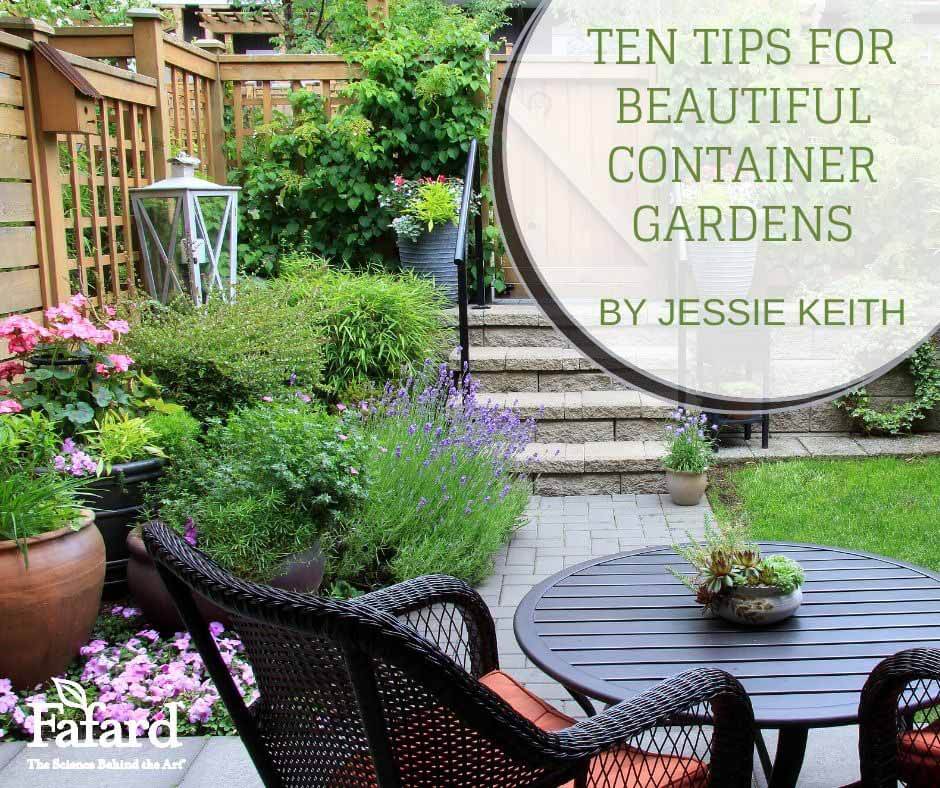

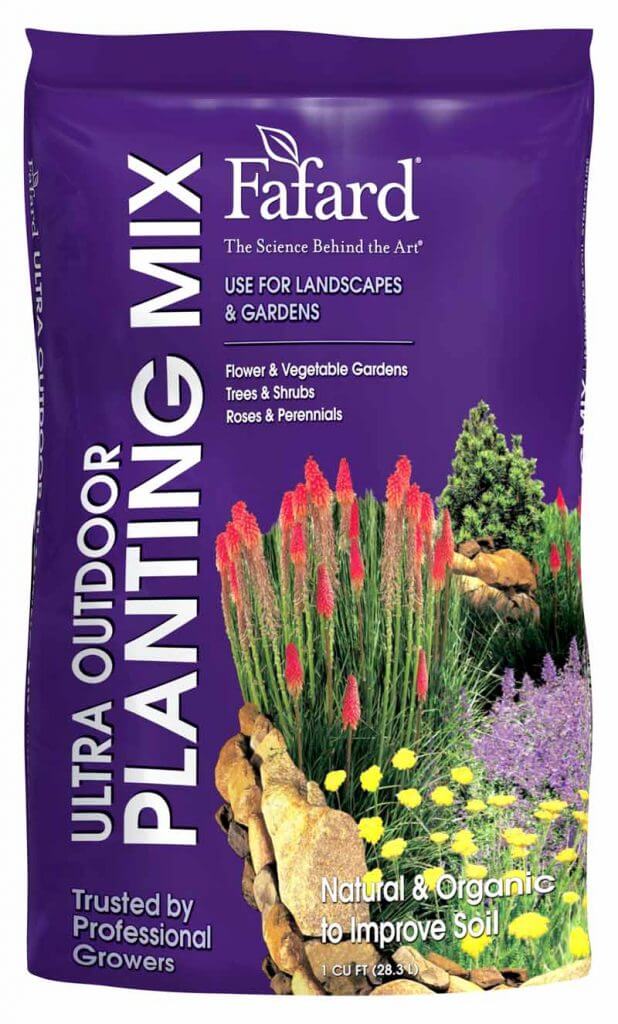

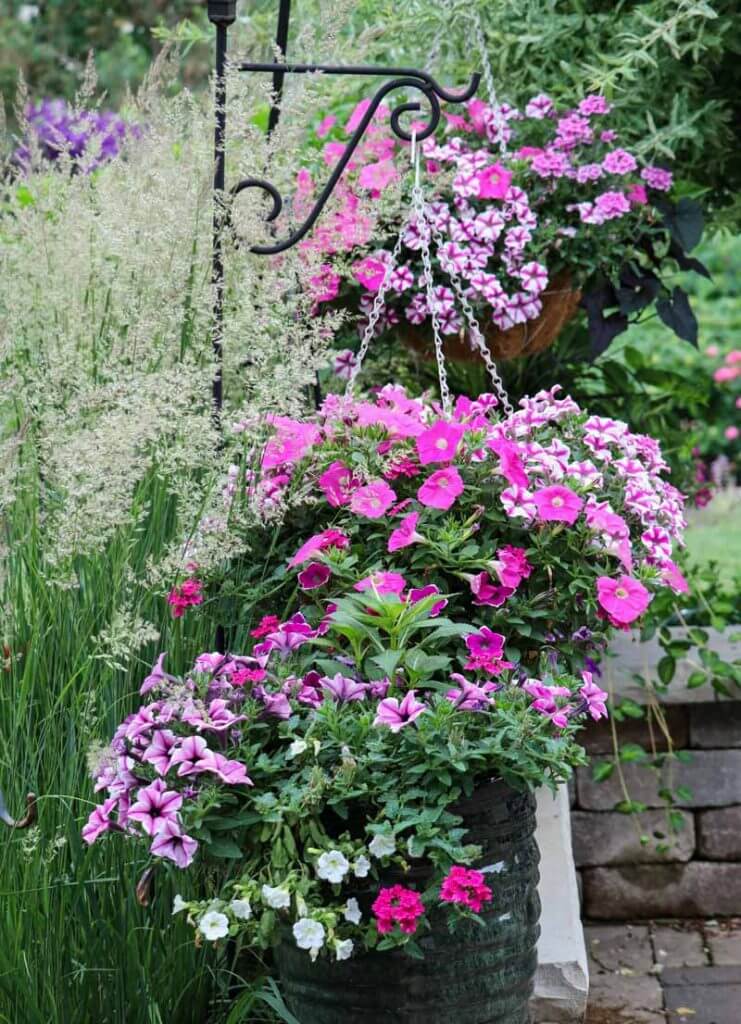

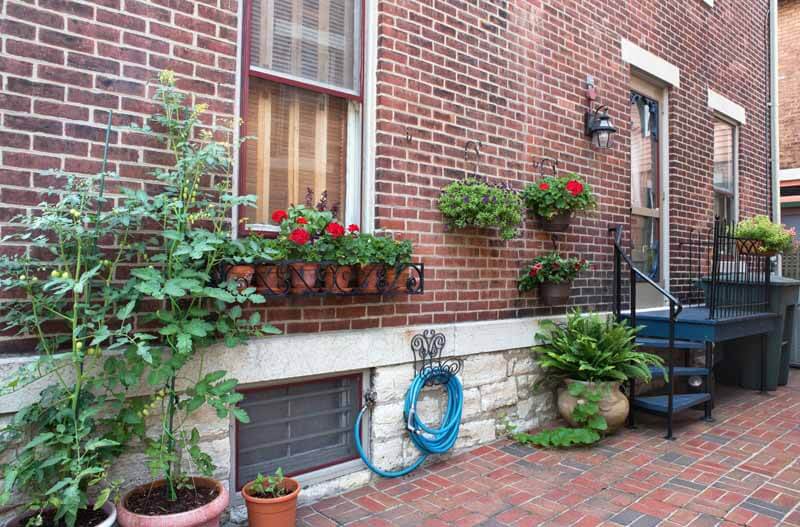

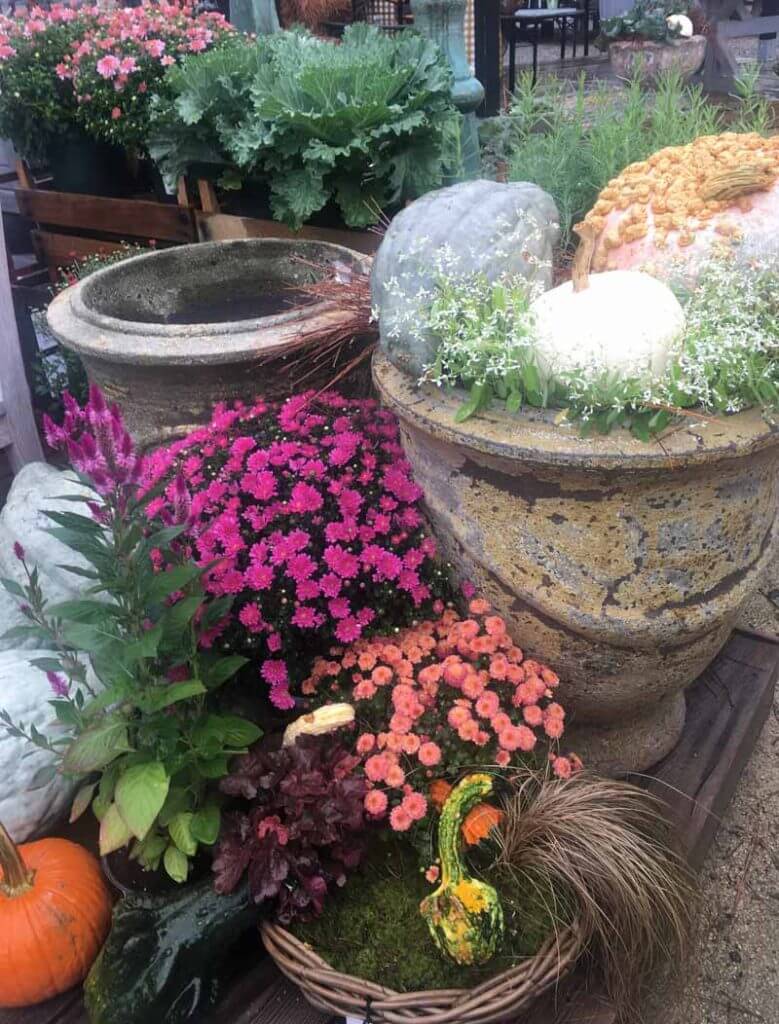
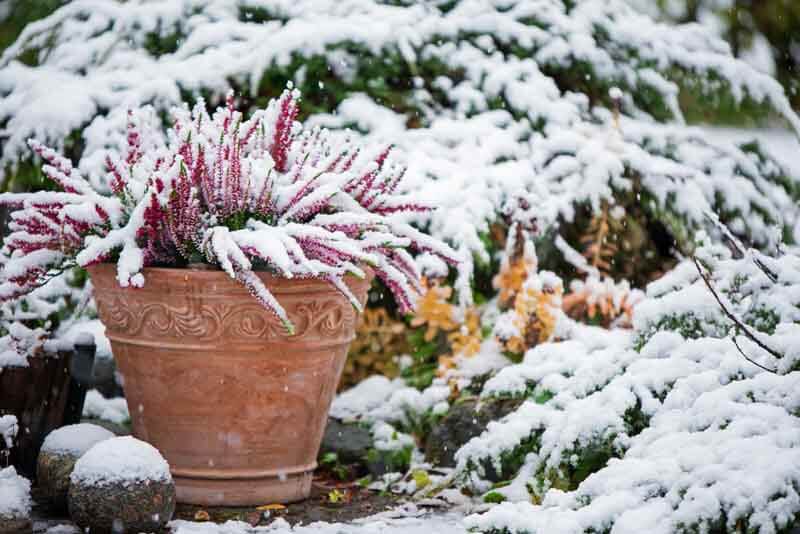





 Clever gardener/recyclers are always on the lookout for potential planters. If your town has a “bulk pick-up day”, when larger discarded items are picked up for disposal, the perfect plant container may be waiting on a curb in your neighborhood. Check your garage and attic. A forgotten corner may harbor a perfect plant container. The supermarket is also full of future plant pots, especially if you buy items like oil, condiments or canned goods in large sizes. Look for promising shapes and sizes first, as many recyclable containers can be painted or embellished to suit your indoor or outdoor décor.
Clever gardener/recyclers are always on the lookout for potential planters. If your town has a “bulk pick-up day”, when larger discarded items are picked up for disposal, the perfect plant container may be waiting on a curb in your neighborhood. Check your garage and attic. A forgotten corner may harbor a perfect plant container. The supermarket is also full of future plant pots, especially if you buy items like oil, condiments or canned goods in large sizes. Look for promising shapes and sizes first, as many recyclable containers can be painted or embellished to suit your indoor or outdoor décor.